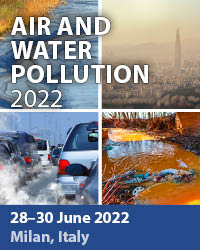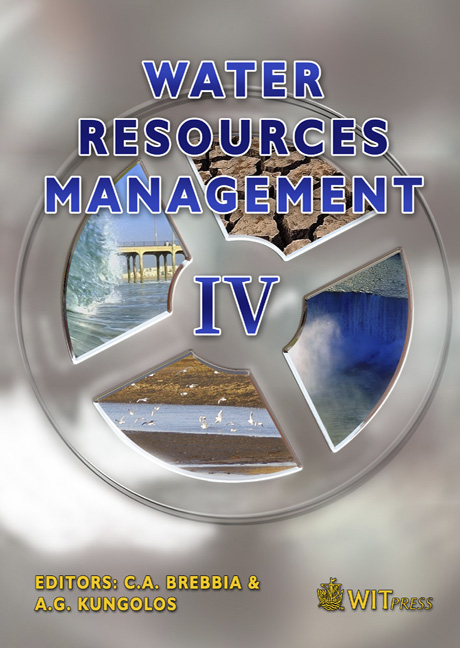Integration Of Water Resources Modelling Approaches For Varying Levels Of Decision-making
Price
Free (open access)
Transaction
Volume
103
Pages
10
Published
2007
Size
348 kb
Paper DOI
10.2495/WRM070021
Copyright
WIT Press
Author(s)
S. J. L. Mallory & S. J. van Vuuren
Abstract
Within government organisations there is a hierarchy of decision making ranging from broad, strategic decisions taken at top management level, through detailed planning, to the routine operational decisions. Due to the complex nature of water resources management, some form of water resources model is required to determine how much water is available, and to balance this against water requirements, taking the variability in assurance of supply to different users into consideration. In South Africa, as in many other countries, the trend has been to develop different models aimed at advising different levels of decision making. While this has proved successful, it has led to multiple models and hence multiple databases, and inevitably to inconsistencies in the conclusions reached by adopting different scales of modelling intensity and complexity. This paper describes an approach to water resources modelling which seamlessly deals with several levels of complexity, from broad-scale, strategic planning through detailed planning (or systems analysis), to the short to medium term operation of reservoirs (including hedging strategies) to deal with droughts and unexpected situations such as over-abstraction. The initial model setup commences at a broad strategic (or reconnaissance) level. As the model user progresses to higher levels of modelling intensity he is prompted to provide the data required by these higher levels. The core of this modelling system is a database of water user and monthly naturalized hydrology, rainfall and evaporation which is used throughout all levels of modelling. The fundamental concepts of reservoir behaviour analysis forms the basis of the modelling procedure, commencing with a single iteration cascading monthly time-step simulation for strategic planning purposes and progressing to a multi-iteration solution using up to 500 stochastically generated hydrological sequences, including curtailment rules for each user, to solve complex reservoir operation problems. Comprehensive testing and application of this system has not yet been undertaken, but preliminary observations are made in this paper based on a trial application in a test catchment. Keywords: water resources modelling, reservoir simulation, database structures, reconnaissance modelling, systems analysis, reservoir operation.
Keywords
water resources modelling, reservoir simulation, database structures, reconnaissance modelling, systems analysis, reservoir operation.





